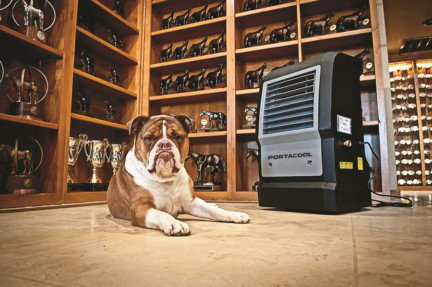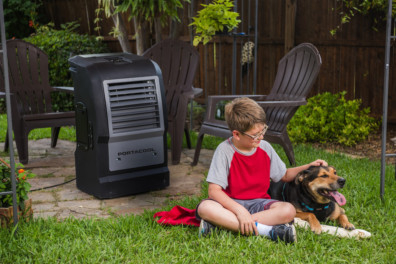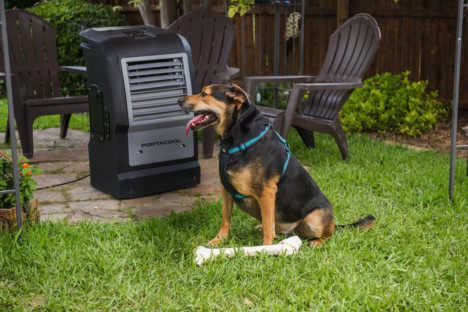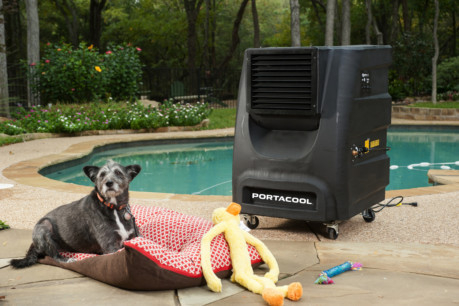
Dubai: As temperatures shoot up across the region, pet owners are being warned of the serious risks extreme weather can pose to animals.
According to the National Centre for Meteorology and Seismology, temperature in the UAE is increasing, while the heat index indicates the high humidity levels, which leads to the temperatures ‘feeling like’ a scorching 66 degrees Celsius.
“Unlike humans, dogs and cats don’t release heat by sweating, leaving them particularly susceptible to heatstroke, which can make them seriously ill within minutes,” said Dr Lila Miller, Veterinary Adviser at the American Society for the Prevention of Cruelty to Animals (ASPCA).
He pointed out that even the healthiest pets can suffer from dehydration, heatstroke and sunburn if overexposed to the heat — with heatstroke considered fatal if not treated promptly.
Emma-Leigh Pearson, a veterinarian with animal hospital network MedVet, noted more cases of canine heat strokes in June, explaining that “as the weather gets warmer, dogs have yet to acclimatise to the change in temperature.”
“The primary goal in the treatment of heatstroke is to actively facilitate cooling. Methods of cooling in the heatstroke patients focus on evaporative and conductive mechanisms of heat dissipation,” said Pearson.
Vets recommend portable evaporative coolers as an easy way to keep animals cool even at the height of summer. The coolers are cheaper to run than air conditioners, and can get to work quickly, especially when pets spend most of their time in the garden where the weather is unbearable.
Tips for keeping your pet cool during the hot summer:
Walking your Pet
• Dogs should be walked early in the morning or after the sun has set. Think about taking a spare bottle of water if you are planning on being outside for a long period of time.
• Shorten the distance or your walking speed to best suit the weather conditions in order to not exhaust your animal. Some breeds of dogs with short muzzles such as pugs or boxers will find it harder to breath in extreme heat.
Care when you’re away
• Ensure your animals can access a shaded area at all times.
• Provide plenty of chilled drinking water and replace it regularly. Our top tip is to place an ice pack underneath the water bowl to keep the water cooler for longer.
• Never leave your animal restrained in direct sunlight or alone in a vehicle for any length of time even if air-conditioned.
• Keep your air conditioning on to ensure your pet stays at a comfortable temperature whilst you are away.
• Keep pets indoors between noon and 3pm, when the sun is at its strongest.
Treating them right
• Take extra care to keep an eye on your pet, if they become overly lethargic, vomit or have a dazed expression, act immediately. Ice packs or cool, wet towels should be placed around the animal’s head and neck and it should be driven to the nearest vet in an air-conditioned vehicle. Licking ice cubes may also help.
• Overweight animals and those with thick coats are particularly susceptible to hyperthermia so we recommend having your pet groomed if appropriate. Additionally, very old or very young animals may also be at greater risk.
• Watch the level of humidity as this too can affect the health of your pet. A high level of humidity is dangerous to your pet as moisture will not be evaporated as quickly and may cause them to overheat.
• You could splash out on one of the vast array of cooling products specially designed for your pet such as a cooling body wraps or evaporative coolers.
• Treat your pet, give your animal an iced treat such as a ‘peanut butter popsicle’ or another favourite treat. Here is a how to guide if you’d like to give it a try.
- With inputs from Jack Fitzgerald Smith, Intern - Guides











